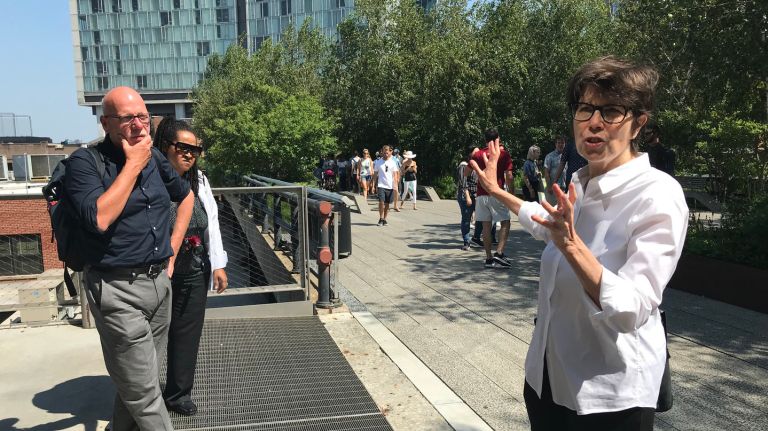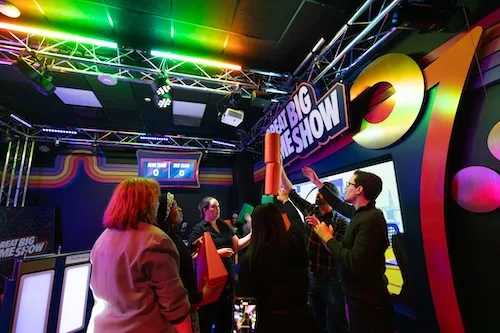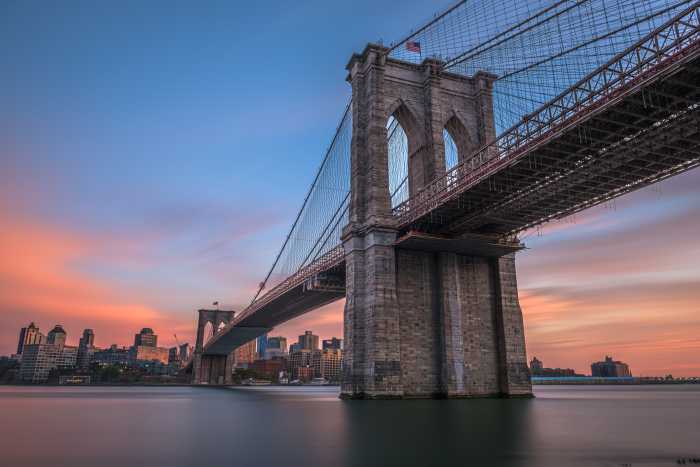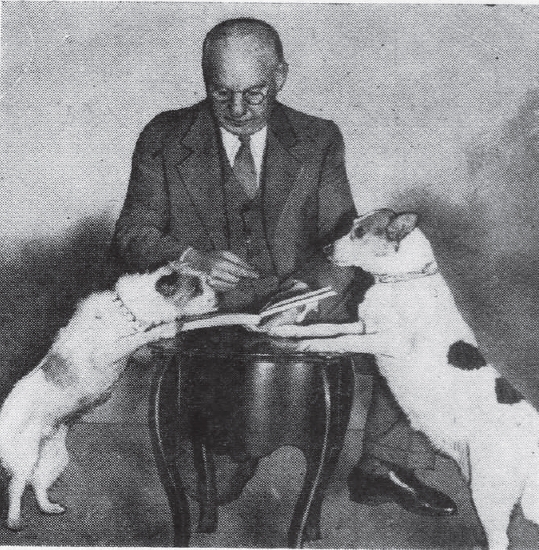Staging an opera in a theater is no small undertaking. But what happens when you place it in a public park and add several hundred singers to the stage?
The public will find out with “The Mile-Long Opera” — an unprecedented performance by 1,000 singers who will position themselves along the High Line’s 1 1⁄2 -mile stretch to put on a free opera, “a biography of 7 o’clock,” from Oct. 3 to 7.
If you think it sounds like a backbreaking undertaking, you’d be correct. The High Line opera has taken six years of planning, three months of rehearsals, partnerships with 35 community organizations and singers from about 40 New York City choirs.
Most of the 1,000 singers will be stationed in their own spots for three hours, not moving, while audience members move around them, getting close and potentially interacting with them.
Produced by the High Line, the Office of Performing Arts & Film, and Diller Scofidio + Renfro, the five-day stint on the former elevated freight rail line may see 3,000 audience members a night, so there’s a lot on the line.
The core artistic team invited the press to the High Line on Wednesday to discuss all the details of putting together this monster of a show.
What is it about ‘7 o’clock’
The 7 p.m. hour can be a time of transition — people get off work, others are starting dinner, some are at happy hour . . . it’s a changing experience. It’s not the family of four sitting down to a home-cooked meal as much anymore.
The same can be said of New York City and the High Line. In “a biography of 7 o’clock,” the city is the main character and the way it’s been experienced by people over time is the story you’ll hear. The city’s soundscape — traffic, helicopters taking off, chatter — is the orchestra.
“Everyone is unique and everyone is a nut, but they have a story to tell and it’s up to you to determine how close you want to get,” said composer David Lang. “There’s a general buzz . . . like walking into a cloud of sound . . . that gives you an opportunity to lean in and hear what their story is.”
And the stories aren’t made up — the team at Brooklyn-based Peoplmovr interviewed 150 New Yorkers from different backgrounds across the five boroughs about what 7 p.m. means to them.
Singing their hearts out
The opera is a true passion project whose producers are trying to do something that hasn’t been done before.
About 250 professional singers and amateurs from 40 choirs across the city — The Astoria Choir, the Bobby Lewis New Light Baptist Choir, Coro Hispano de Nueva York and the Edison Chinese Chorus among them — and from diverse backgrounds and ages will be clustered into groupings along the park, where they will sing repetitive lyrics in their native languages that will tell pieces of a story as audience members walk past. From the time they start at the Gansevoort entrance and end at 34th Street, the public will have heard the opera’s beginning, middle and end.
“The effect is not like you’re passively watching a performance — you’re immersed in sound and get to have an intimate connection with the singers,” said co-producer Elizabeth Diller of the Diller Scofidio + Renfro design studio.
Each singer, who will be dressed in their normal clothes, will portray their own relationship with the words they speak and sing. Some will proudly proclaim their lines while others may quietly sing close to a whisper.
Because of the proximity they’ll have to the audience, which is new for most of them, the “mega-choir” has been practicing how to stand for long periods of time (don’t lock your knees, for one), breathe and what to do if someone bothers them (there’s a signal). It’s a true test of endurance and has warranted months of training and practice in smaller groups across the city.
Masters of logistics
The threat of bad weather, the possibility of a singer fainting and a motherlode of other mini-crises are perpetually on the minds of those running the hour-and-a-half show.
Director Lynsey Peisinger acknowledges it’s almost an impossible task with so many people involved.
“I realized I was never going to be able to see the entire stage at once,” she said. “We’re giving the singers ownership of the songs from the beginning. Over the last months, we’ve given them some tools they can use for this long, durational work. It can be totally magic, but it can be intense to deal with and how to find your strongest self during a three-hour performance.”
Donald Nally, the music director, said people ask him how one conducts a mile-long opera.
The answer is, ‘You don’t,’ ” Nally said. “Every time we get together now it feels like an event.”
But despite treading into fairly new territory, the production is coming along.
Lang, who won a Pulitzer for his composition “The Little Match Girl Passion,” wrote the music for “a biography of 7 o’clock” with lyrics and spoken word written by poet Anne Carson and essayist Claudia Rankine.
“All roads led to David Lang,” Diller said. “We strolled the High Line together and it became obvious what to do and what the piece would be about.”
Because the opera uses real stories, the atmosphere must feel just as real, too, Diller said.
“This is an unusual experience that feels very different from what we’ve seen and heard,” she said. “And we did this outside of an institution, all from the bottom up.”

Opening the door wider
But at the heart of the opera is a hope that they can put on a show for everyone, including communities that might see opera as an imposing medium out of their reach and understanding, Diller and Lang said.
“I love classical music, but there’s a sense that it has a lot of boundaries and borders to keep people out,” Lang said. “Part of my mission is to try and democratize it. This is music that has a big doorway. It’s a wide invitation to a large populous.”
The Mile-long Opera isn’t so much an opera, but “more like a huge choral piece that doesn’t really belong to any category,” Diller said.
They realized it wouldn’t truly work if they didn’t reach into neighborhoods in the other boroughs, so they partnered with seven organizations — The High Line, Abrons Arts Center, the Greater Harlem Chamber of Commerce, ARTs East NY, the Jacob A. Riis Neighborhood Settlement, the POINT CDC and Snug Harbor — that would work with them to hold free musical performances, workshops, discussions and cultural events. To check those out, head to themilelongopera.com.
Free tickets are sold out, but a standby line will open at 6:30 p.m. prior to performances at Gansevoort and Washington streets. Admission will be on a first come, first served basis.






































